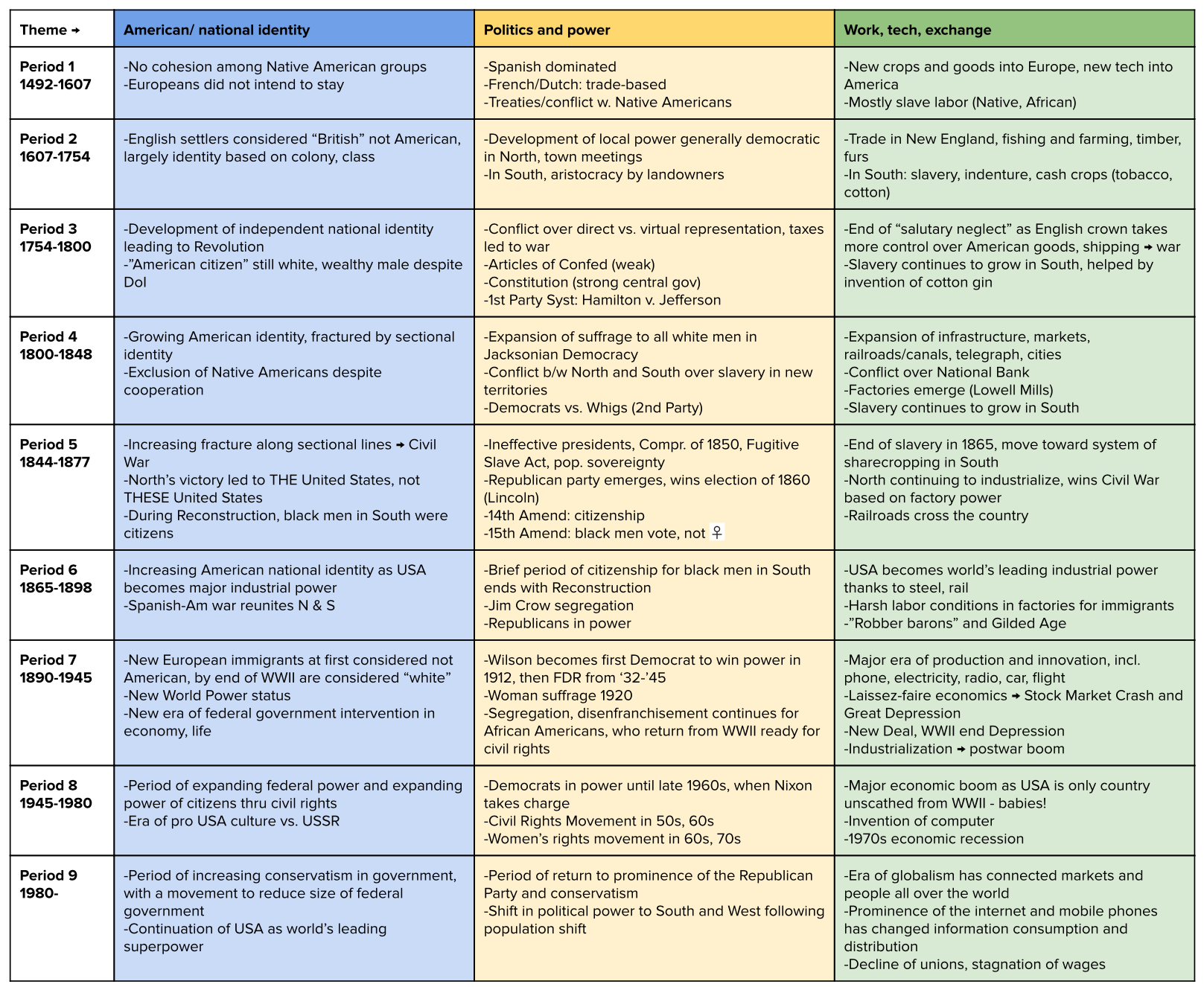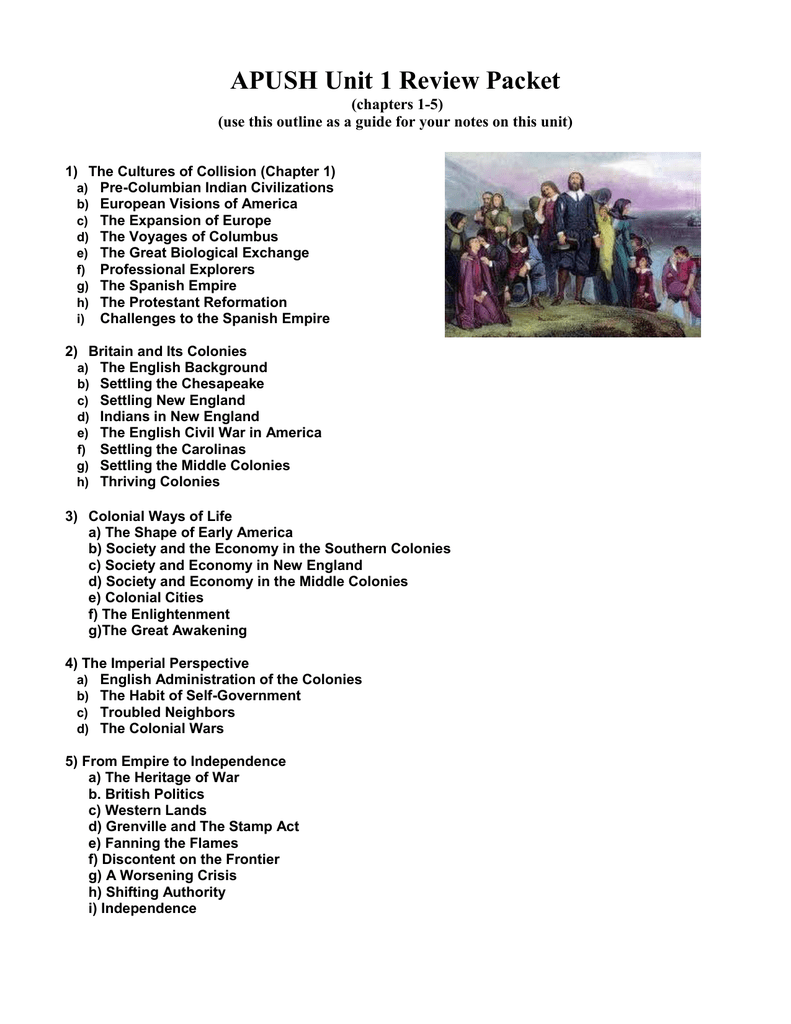


Catholics view the Pope as the representative of Jesus on Earth. Catholics believe that the Bible alone is not sufficient for salvation, but that it must be tied to certain rites and traditions.

Made the first accurate maps of what is modern-day Eastern Canada. Known as the “The Father of New France.” Founded Quebec in 1608. From Bacon’s Rebellion in 1676 to the Great Awakening starting in the 1730s, the colonists begin to carve out a distinct American identity. There were, consequently, early examples of colonial resentment and resistance. England used its colonies to obtain raw materials for its own manufacturing purposes and wealth creation.The trading of slaves, cash crops, and manufactured goods between Africa, the Americas, and Europe became known as Triangular Trade. The African slave trade grew extensively throughout the eighteenth century.The southern colonies developed a plantation-based economy. The middle colonies were characterized by the export of cash crops, less social rigidity, and more religious tolerance. New England colonies were settled by the Puritans, who lived in small towns. Early British colonies developed along the Atlantic coast with some regional differences.Examples of American Indian resistance to colonizers were the Pueblo Revolt, the Pequot War, and King Philip’s War. Conflict arose due to competition for resources among European rivals, and between the Europeans and American Indians.Spanish, French, Dutch, and British colonizers had different goals that impacted the economic, political, and cultural development of their colonies and shaped colonizers’ interactions with American Indian populations.Chapter 34 - Franklin D.Five Things to Know about AP US History Period 2.Chapter 33 - The Great Depression and the New Deal.Chapter 32 - The Politics of Boom and Bust.Chapter 31 - American Life in the "Roaring Twenties".Chapter 29 - Wilsonian Progressivism at Home and Abroad.Chapter 28 - Progressivism and the Republican Roosevelt.Chapter 26 - The Great West and the Agricultural Revolution.Chapter 23 - Political Paralysis in the Gilded Age.Chapter 22 - The Ordeal of Reconstruction.Chapter 20 - Girding for War: The North and the South.Chapter 18 - Renewing the Sectional Struggle.Chapter 17 - Manifest Destiny and Its Legacy.Chapter 16 - The South and the Slavery Controversy.Chapter 15 - The Ferment of Reform and Culture.Chapter 14 - Forging the National Economy.Chapter 13 - The Rise of a Mass Democracy.Chapter 12 - The Second War for Independence and the Upsurge of Nationalism.Chapter 11 - The Triumphs and the Travails of the Jeffersonian Republic.Chapter 10 - Launching the New Ship of State.Chapter 9 - The Confederation and the Constitution.Chapter 8 - America Secedes from the Empire.Chapter 5 - Colonial Society on the Eve of Revolution.

Chapter 4 - American Life in the 17th Century.Chapter 3 - Settling the Northern Colonies.Chapter 2 - The Planting of English America.This edition was released in 2013, and it covers history in the United States from 33,000 B.C. The links provide detailed summaries on American/US history from one of the most popular US History textbooks in the United States. Below you will find notes for the 15th edition of the A.P.


 0 kommentar(er)
0 kommentar(er)
